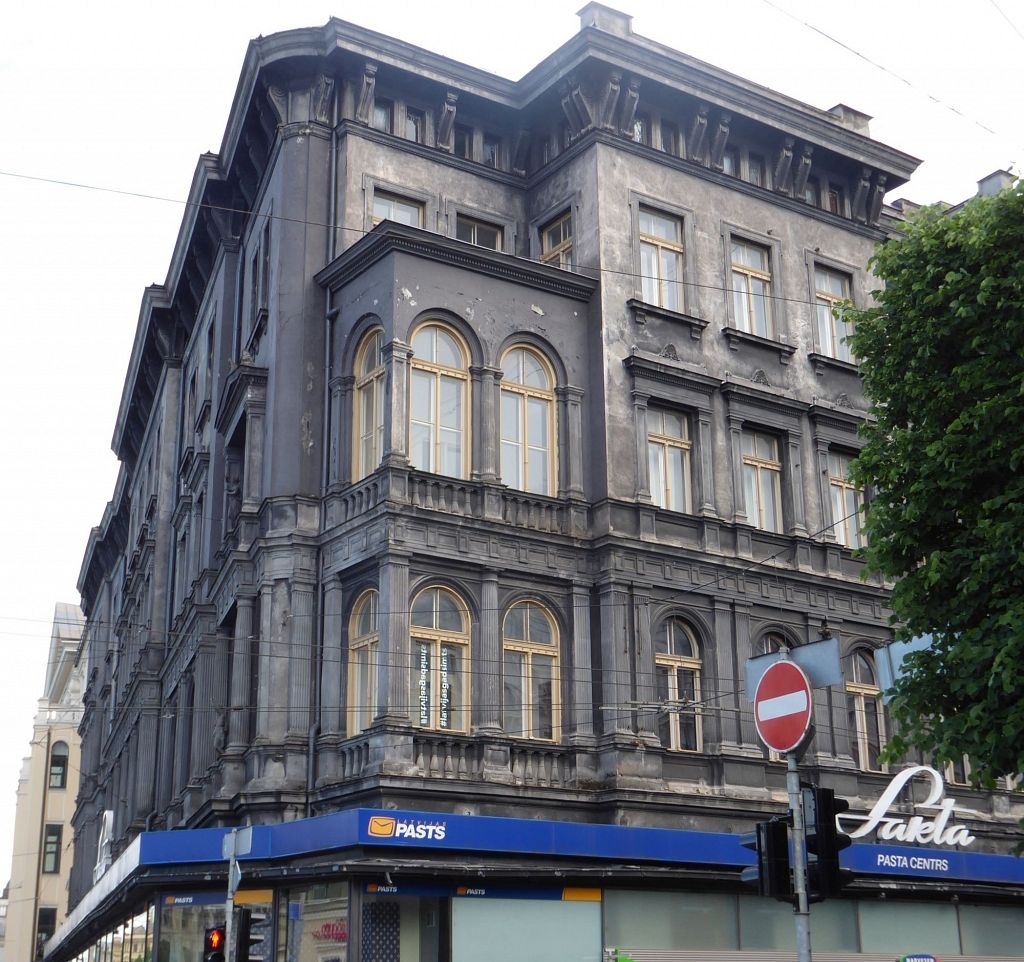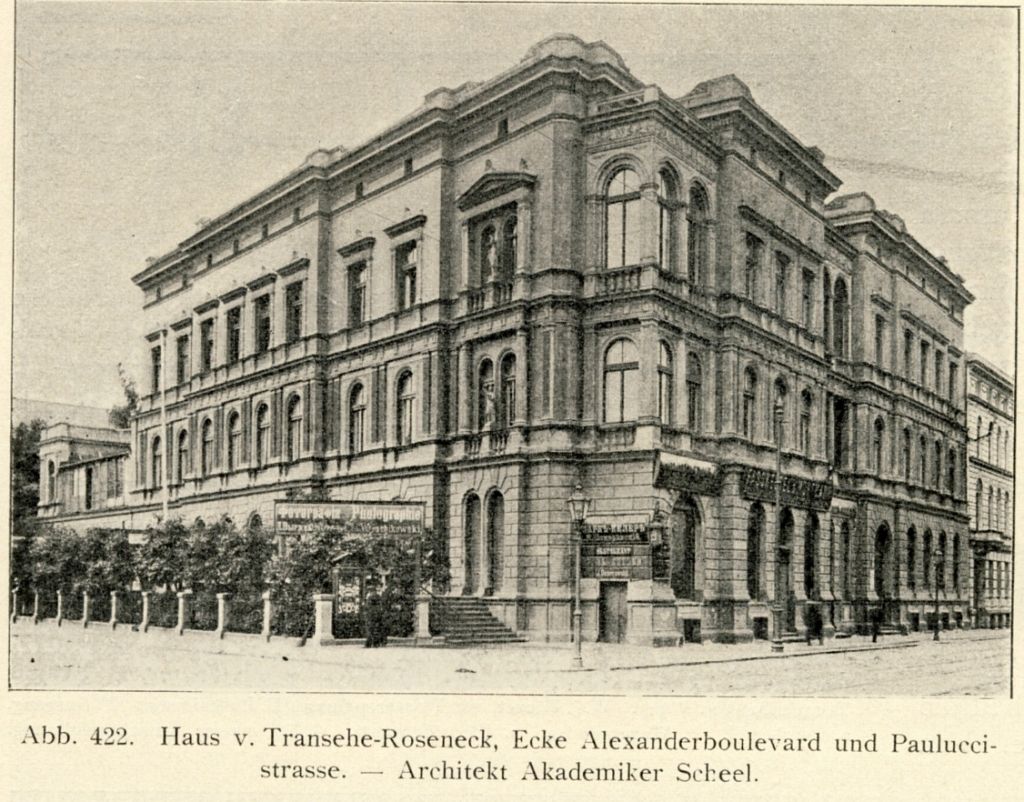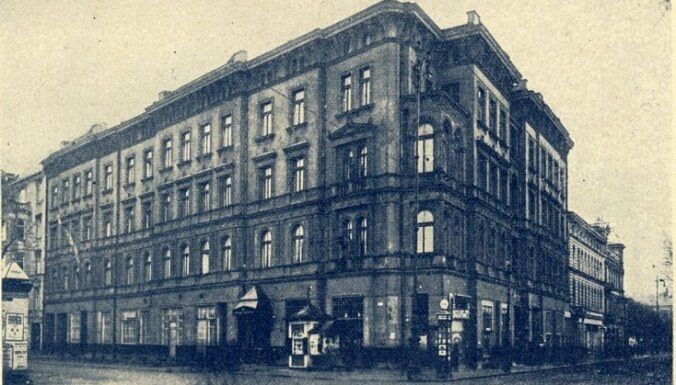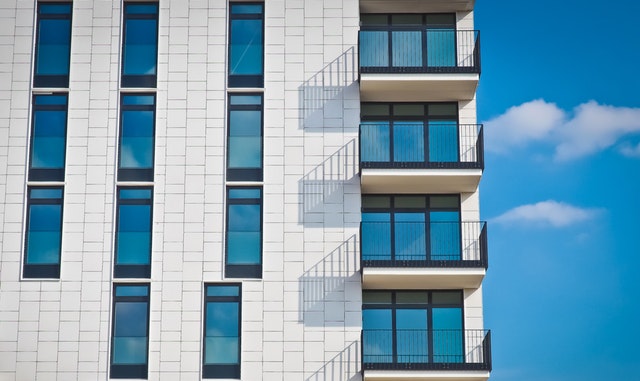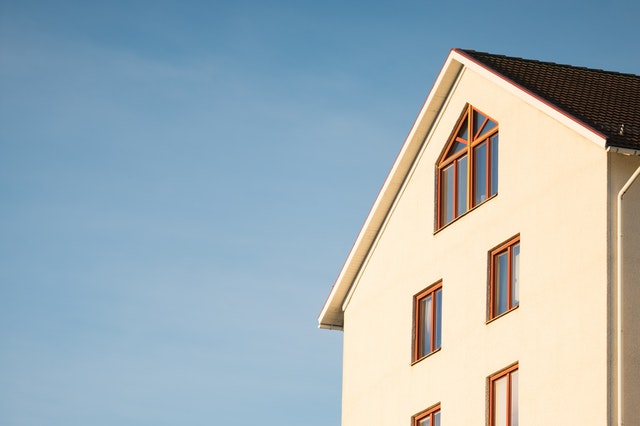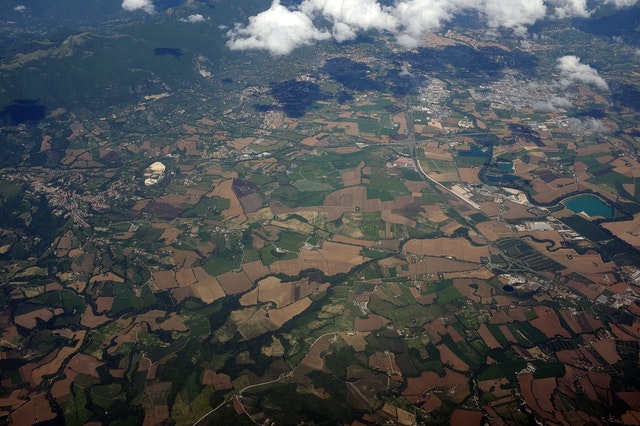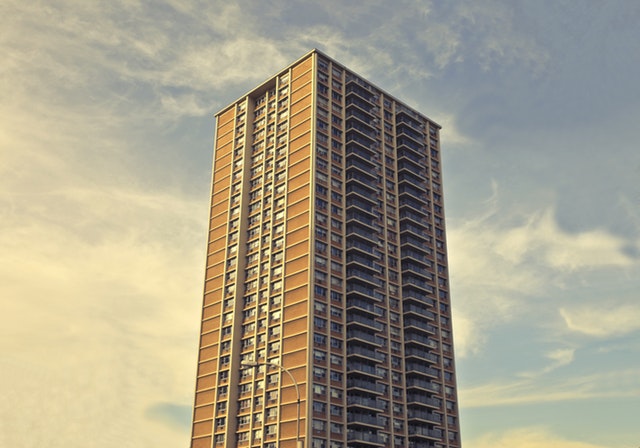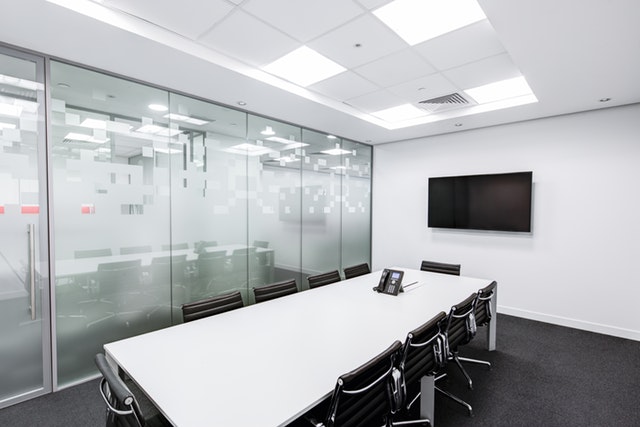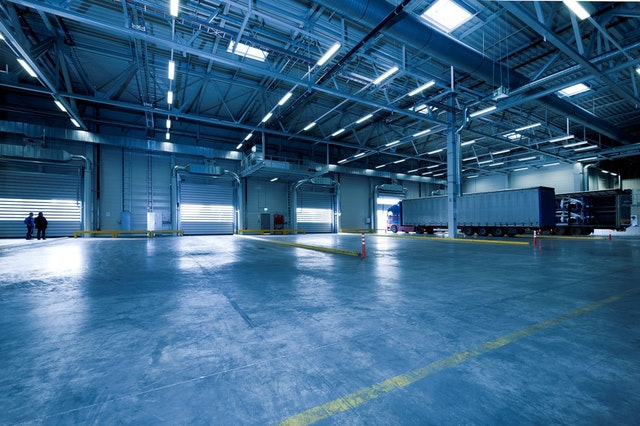For 635,600 euros, the facade of the historical Sakta house will be restored.
VAS “Valsts nekustamie ipāsumi” (VNĪ) will start the renovation of the facade of the almost one and a half century old Neo-Renaissance style building at Brīvības street 32, Riga, which is widely known as the location of the souvenir shop “Sakta”, as well as the temporary exhibition space of the Latvian National History Museum (LNVM). The restoration works will be carried out in accordance with the instructions of the Latvian National Cultural Heritage Board, informs the Chairman of the Board of the National Cultural Heritage, Renārs Griškevičs. In the course of the works, the facade of the building will be renovated, the drains will be arranged, as well as the lightning protection will be renewed. AS “Būvuzņemums Restaurators” contract is concluded for the performance of the works, the contract amount is 635,634.55 euros, which will be covered by the capital investments of VNĪ. “In order to gain clarity about the cultural and historical values to be preserved, the building was architecturally and artistically studied. The renovation of the facade will take place while the residents of the building are in the premises, without interfering with their activities as much as possible. The renovation works are planned to be completed by the beginning of 2021,” adds R. Grishkevičs. The building currently houses a “Latvijas Pasta” branch, as well as several cafes and kiosks, but the historical inscription “Sakta” still decorates the building. The exposition and exhibition halls of the Latvian National Museum of History have been housed in the building – the former premises of the Faculty of History and Philosophy of the University of Latvia – since May 2014, while the museum is waiting to return to its historical premises in the Riga Palace after their planned reconstruction. The house at Brīvības street 32 was built after the demolition of the protective walls of the city of Riga in the 1960s-70s. in the years when the construction of the later boulevards in the center of Riga began. In 1875, the owner of the Jaungulbene manor, Otto von Tranze-Rozenek, built a three-story house with several apartments in the Neo-Renaissance style according to the design of the famous architect Heinrich Karl Schell, which became the family residence. In 1910, the building became the property of the Riga Landlord Credit Union and became its headquarters. At that time, the building was active in social activities and housed shops, while also maintaining living quarters. In 1912, according to the project of architect Mārtiņš Nukša, a fourth floor was added to the house. During the First World War – in 1917, one of the apartments housed the Executive Committee of Latvian Rifle Regiments (Iskolastrels). After the proclamation of the independence of the Republic of Latvia, on November 27, 1918, the foundation meeting of the Latvian Red Cross Society was held in the house. At the beginning of the Latvian Freedom Struggle, in December 1918, the Separate Student Company commanded by the captain of the Latvian Provisional Government’s armed forces, Nikolajs Grundmanis, was formed and located in the premises of the Riga Landlords Credit Union – one of the first units of the Latvian army – 1933. On December 20, 2010, Latvian Army Commander Mārtiņš Peniķis unveiled a memorial plaque dedicated to the student group near the building, which was dismantled during the Soviet occupation, but was reopened at the end of 2003. In the first decades of the 20th century, the house became the home of various organizations: the Ministry of Trade and Industry, the Latvian Women’s Aid Corps’ donation collection office, during the Bermontiade, in October and November 1919, the city kitchen, as well as the Latvian Refugee Re-evacuation Society.
During the Republic of Latvia, 20-30s of the 20th century. In the 1990s, the building was continued by the Riga Landlords’ Credit Union, the Riga Landlords’ Association, the Riga Lawyers’ Association, the Institute of Phonology established and initially managed by Ernest Vīgneru, the “Gaujmaliete” student corporation of the University of Latvia, as well as various cafes and shops. Congresses, meetings and exhibitions were often held in the premises of associations. See the full version of the article here!
